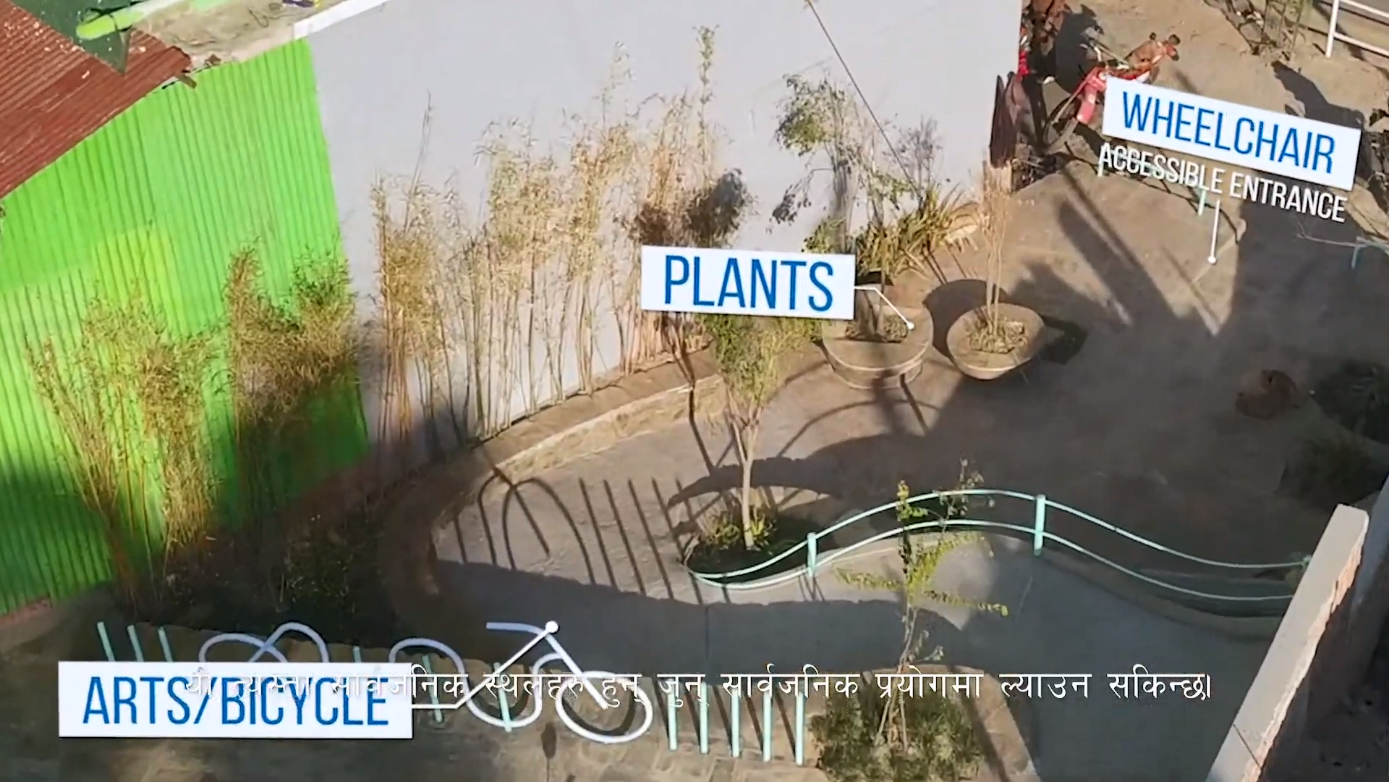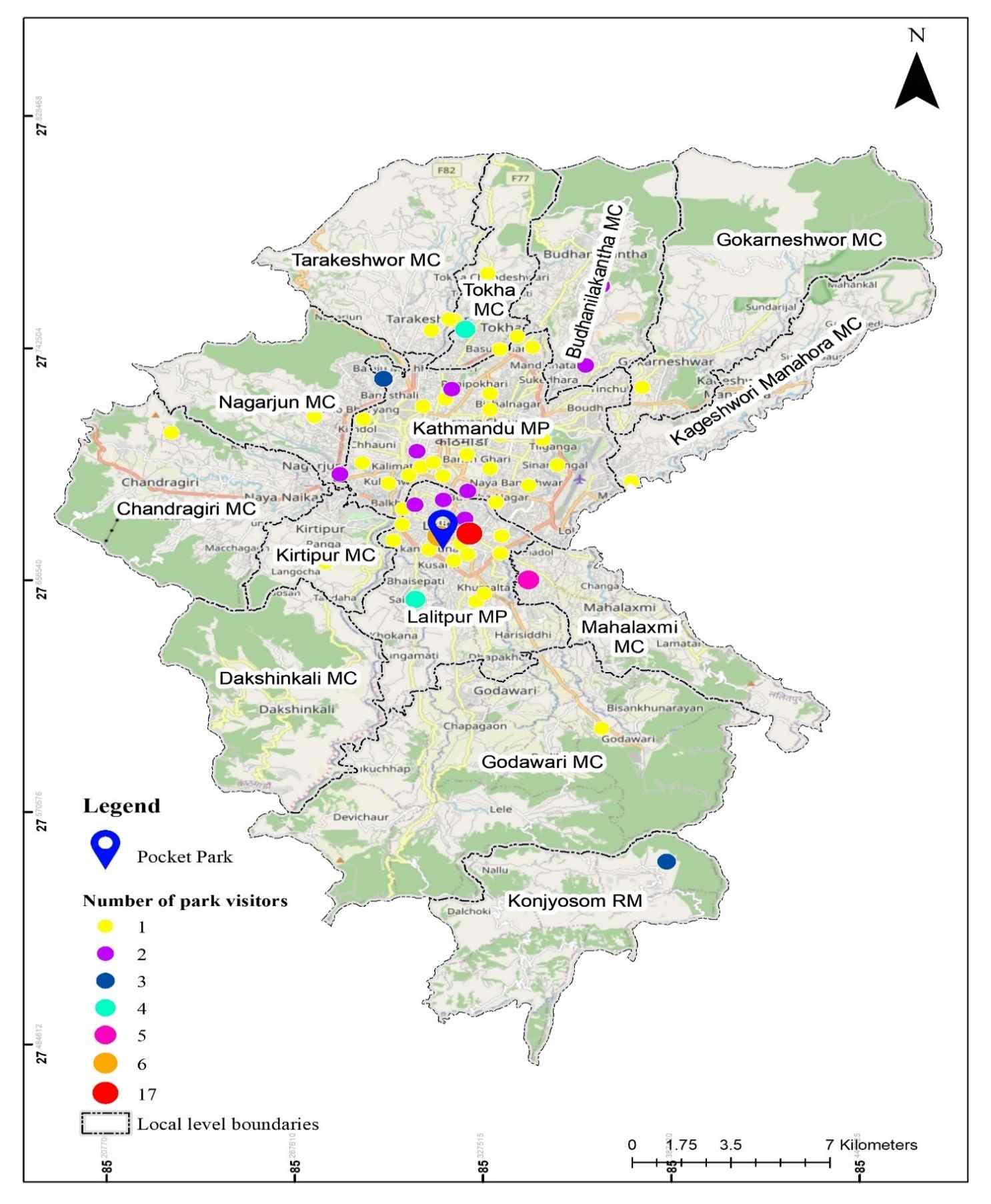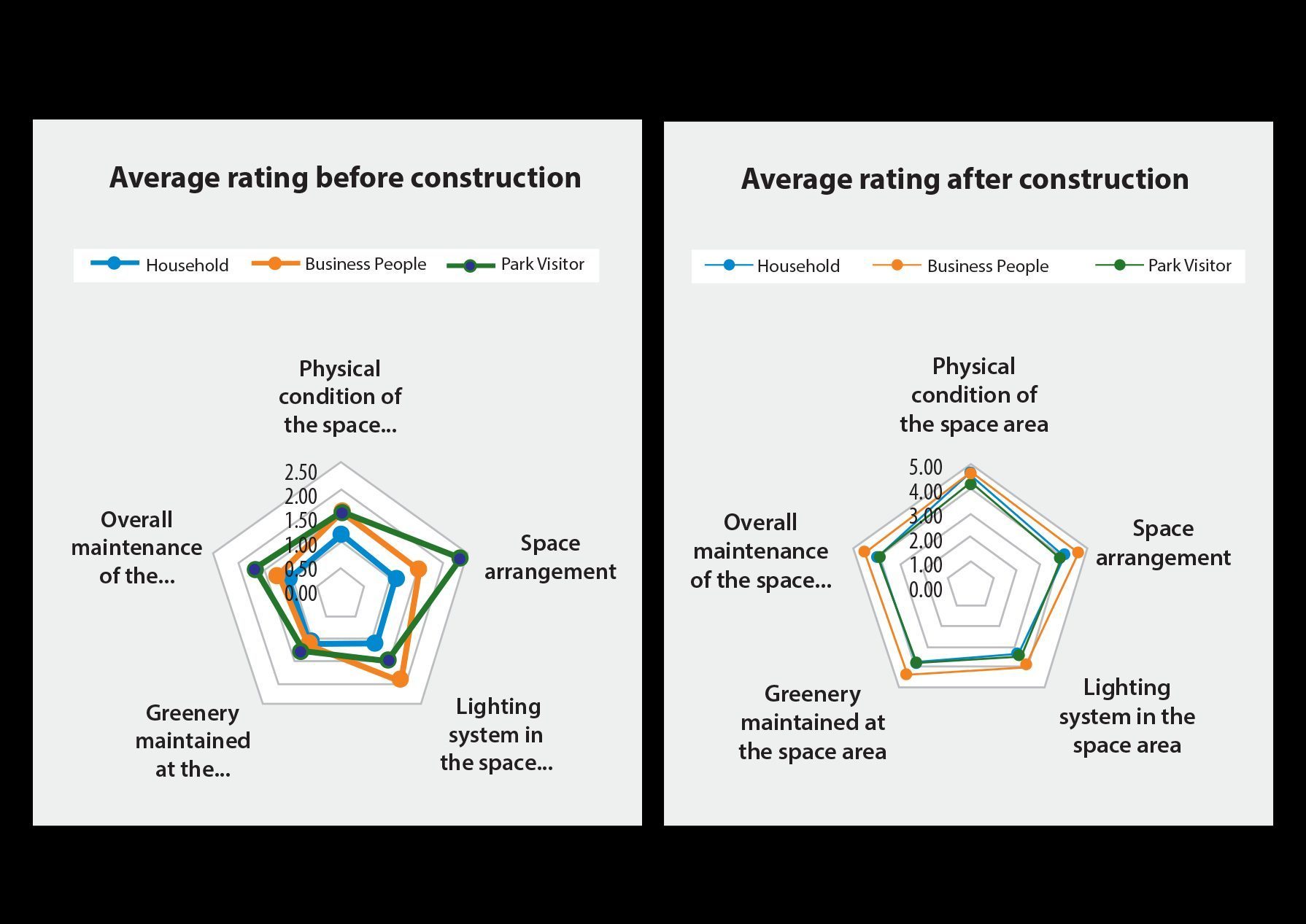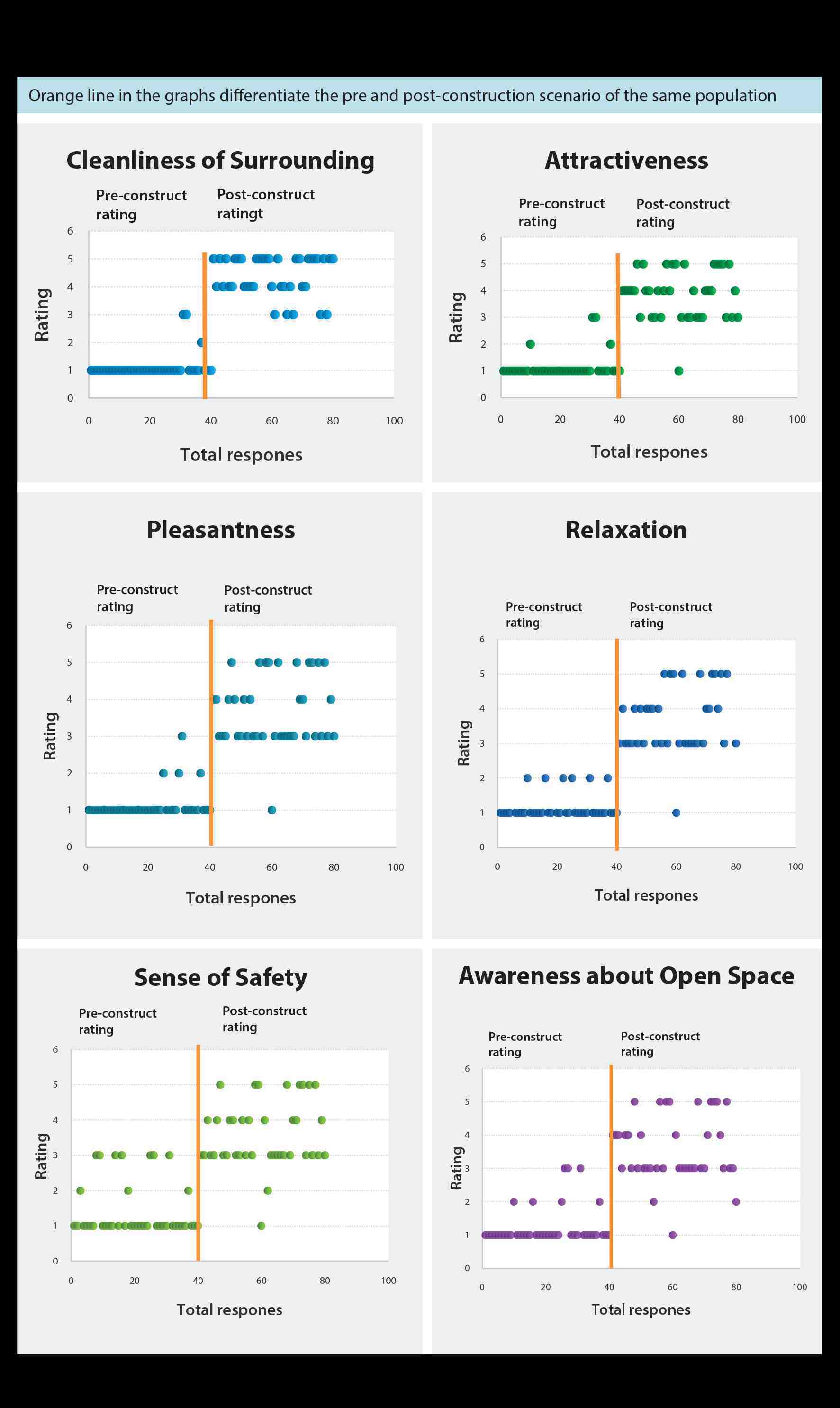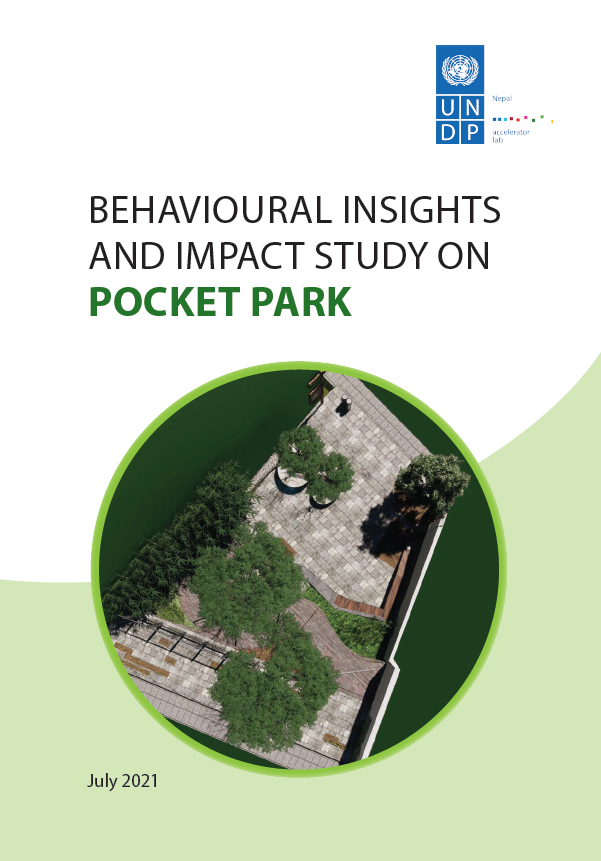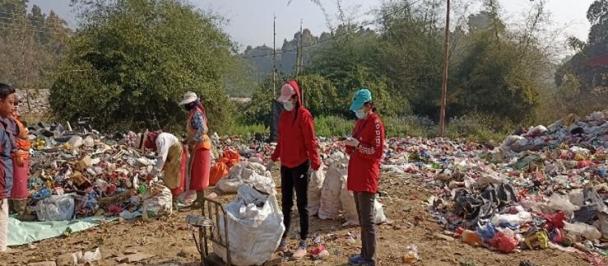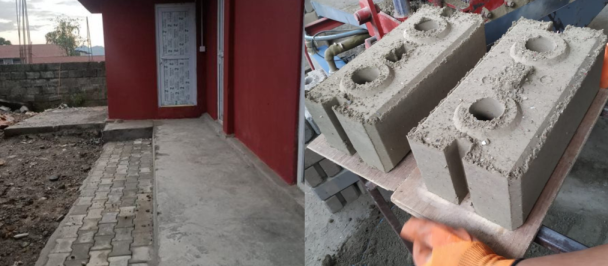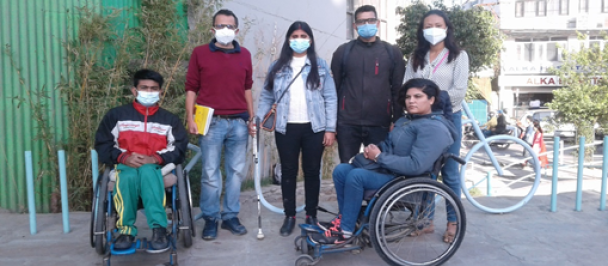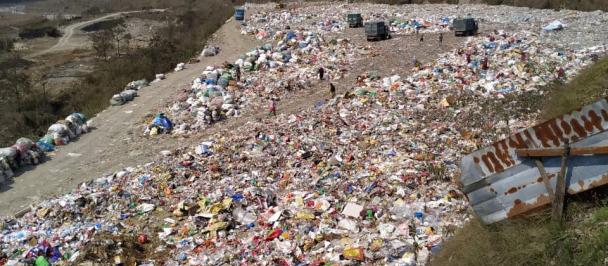The Accelerator Lab in Nepal will mark its second year of establishment on 1 August 2021. We have been exploring on two development challenges, i.e Unplanned Urbanization and Unemployment. For this particular post, I would like to look back and get a sense on our first solution that we explored, mapped and experimented to tackle unplanned urbanization – the “Pocket Park”.
One of our hypothesis behind the concept of “Pocket Park” was “If we involve local government and community in greening and revitalizing the unused public spaces, we can contribute on initiating public dialogues and policy reformation to create more inclusive breathing spaces within the concrete urban cities”. Initiating the dialogues and designing a “Pocket Park” for one of the locations (Pulchowk) at Lalitpur Metropolitan City (LMC) was smooth for us in late 2019 since the idea of building parks were already incorporated in the Annual Municipal Plan 2019/2020 of LMC. UNDP Accelerator Lab in Nepal, in collaboration with Vriksha Foundation, LMC and World Wide Fund for Nature (WWF), supported in onboarding neighboring households, enterprises and community groups during the developing phase of the park to incorporate human-centric designs and address the needs of Persons With Disabilities (PWDs) which is often neglected. The pocket park was completed in the first quarter of 2020 and since then, despite its small size, has managed to become an important part of the city’s landscape as it provides a much-needed breathing space for passersby.
After a year of the completion of the park, we undertook a Behavioural Insights and Impact Study on Pocket Park | UNDP in Nepal (2021) to test our hypothesis and at the same time understand the changes that such space has brought in the lives of people, the nuances that needs to be considered for developing an all-inclusive public space and inform the decision making in future.
Figure: Location of Visitors Versus Park Location at Lalitpur Metropolitan City
Since change in one behavior is correlated to changes in other behaviors, we found that triangulating responses were very essential. Hence, we used diverse methodologies that included qualitative retrospective in situ interviews, self-reported answers, social experiment with park visitors through pre-post survey, random sampling with structured questionnaires for the community people and enterprises, and purposive sampling with semi-structured questionnaires for the government officials during this explorative experimentation to get closer to reality.
The three major aspects that our study focused were on psychological, sociological and decision-making behaviors. There were significant similarities between the responses provided by neighboring households and enterprises since they had fresh memory on comparing pre and post scenarios as compared to the results visualized through social experiments with the visitors, who were seldom regular.
Figure: Pre and Post Construction Ratings on the Physical Attributes of the Park (Source: UNDP, 2021)
The most powerful findings from the study was the significant increase in both psychological and sociological behaviors. These included the increase in park-related activities such as waiting, resting, exercising and socializing, giving a direct benefit on both mental and physical wellbeing of the society. Similarly, we found positive outlook towards the preference of community people on parks rather than un-used and mismanaged open public spaces. The graph below shows how the perception and experience of different people changed due to a small pocket park. This ranged from an average rating of 1 for pre-construct scenarios to average rating of 4 for post-construct ones (with average 300% positive increment) for the psychological attributes like cleanliness, attractiveness, pleasantness, relaxation, sense of safety and awareness related to the importance of parks and green spaces.
Figure: Pre and Post Construction Ratings on the Psychological Attributes of the Park (Source: UNDP, 2021)
There was also a strong voice and recommendation from the community and park visitors to promote such green spaces within all the city areas across the nation. One of the User Committee members Mr. Ravindra Tamrakar, President of Tamrakar Samaj said, “Residents fully supported the idea and contributed during the construction of the park, especially by providing water supply and electricity. We are impressed by the concept of the park and want to have more of them amidst the congested cities and concrete buildings”.
Through this study, we generated few major learning and areas of improvement which could benefit similar programmatic interventions in the future.
1. Inclusive designs: To make the parks more inclusive and user-friendly, the design of the park should be prepared and tested from the perspective of the users. We did involve wheel-chair friendly aisle in the design of our park as per the community requirements, but somehow missed the other forms of PWDs during the design phase due to the lack of enough participation from the desired groups. It is, hence, recommended that representatives from the diverse PWDs be onboarded in the design phase for receiving a more realistic insights on making the parks pragmatically inclusive.
2. Continued Public Engagement: UNDP Accelerator Lab involved community members and local business enterprises via formation of users’ committee, consultation and collective intelligence sessions during the design and implementation phase. However, after the handover of the park to the Lalitpur Metropolitan City Office, there were no regular feedback collection and the users’ community was not assigned with any formal roles in the post-construction phase especially to discuss and take actions on the issues related to maintenance and sustainability. Therefore, we believe that the continuity of public engagement and users’ committees even after the project completion is vital. The formalization of such committees in the future will create a responsible body to ensure the infrastructure is properly utilized and maintained. Since the importance of green spaces is still beyond the public discussion, initiating campaigns and fostering strong collaboration among local people with local policymakers and entrepreneurs will further encourage to have more voices in this issue.
3. Strong commitment from the local government: Lalitpur Metropolitan City Office took the overall responsibility to select, evacuate and clear the open space for the pocket park construction at Pulchowk. There were issues on land acquisition and misuse of the area which was dealt by the ward offices and the LMC. After the initial challenging phases, the wheel-chair friendly park has set an example for the infrastructures to be more disable-friendly. As a result, LMC has already started replicating the construction of accessible parks in eight other locations within the city. In order to maintain these parks, LMC has provided financial support to the ward offices and are planning to further strengthen the users’ committee. During the Key Informant Interview conducted for the study, Mr. Chiri Babu Maharjan, Mayor of LMC said, “We plan to delegate maintenance services to local organizations or community groups”, which according to other officials is under process.
4. Respecting tradition and customs: While constructing pocket parks/open spaces, special attention should be given to preserving the traditional architecture and customs. This will help localize the experiments and increase acceptance of the community towards the infrastructure.
We plan to further share these learning to the relevant partners and community members without whom this exploratory experiment would not have been possible. We also plan to have a cross-learning among the local governments who have similar concept so that the idea of inclusive constructions can further be scaled up, out and deep.
CLICK HERE to download the full report on the study.
UNDP Accelerator Lab in Nepal is working closely with development partners, the private sectors and grassroot innovators as a “vehicle” to test innovative solutions around unplanned urbanization and unemployment. It is on a quest to invest technical expertise on these two frontier issues in order to map, and explore a portfolio of experiments to foresee more possibilities.

 Locations
Locations
